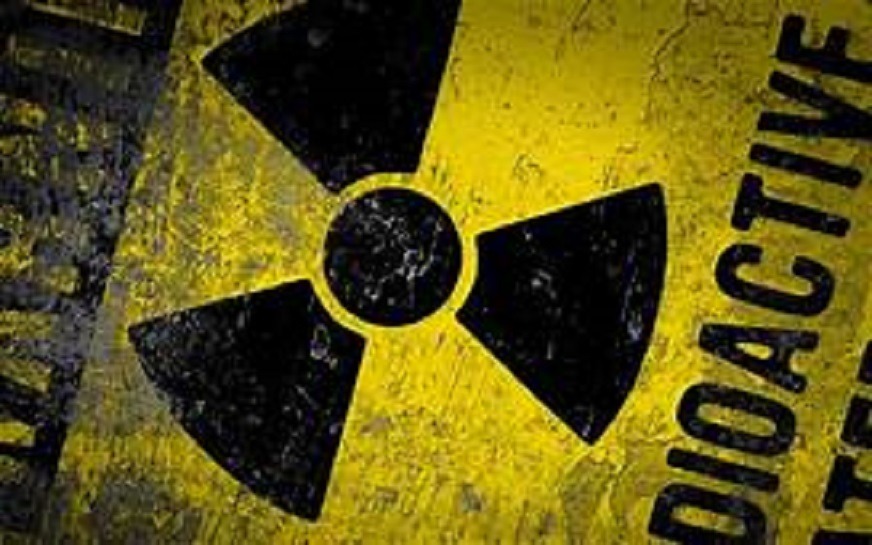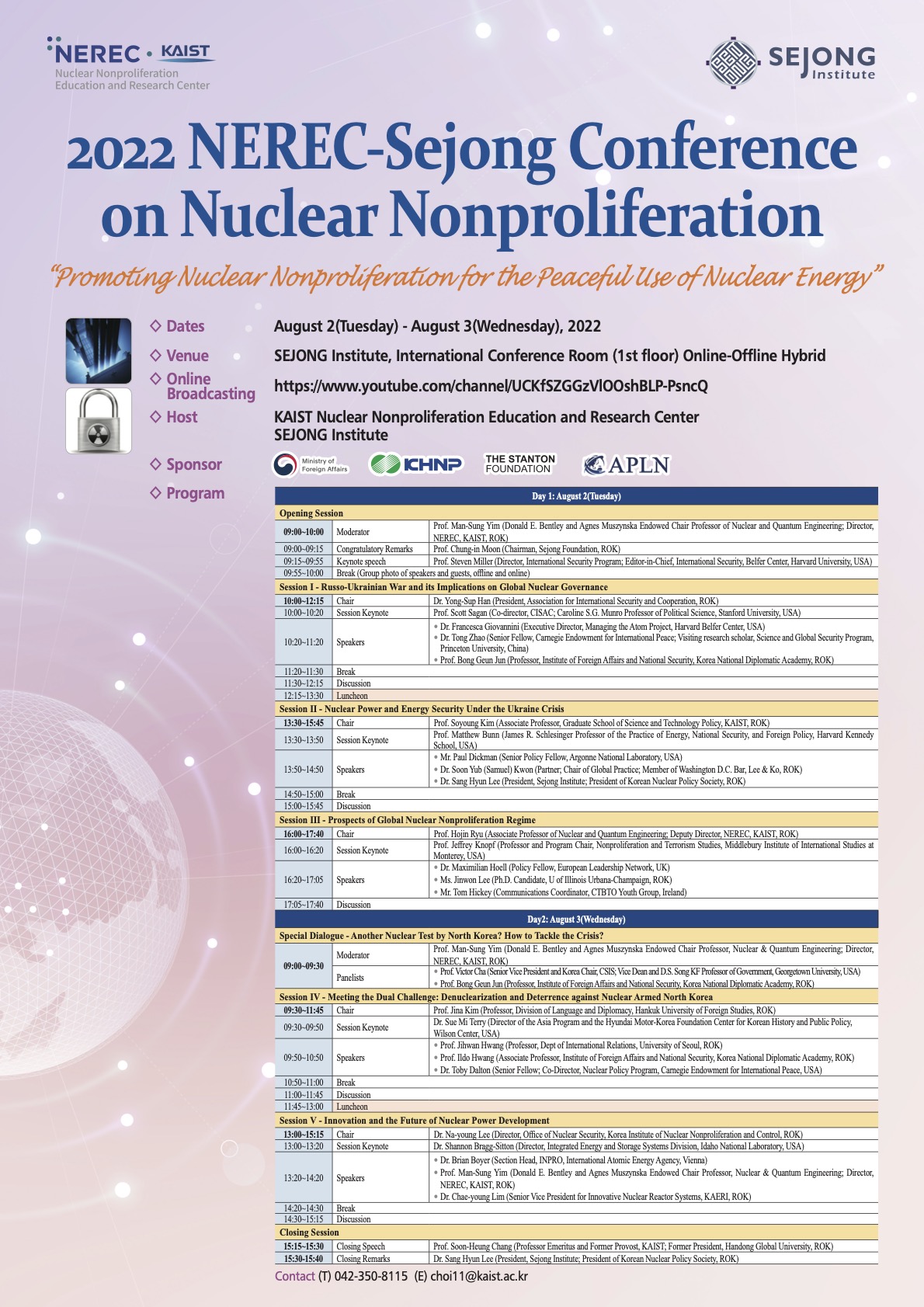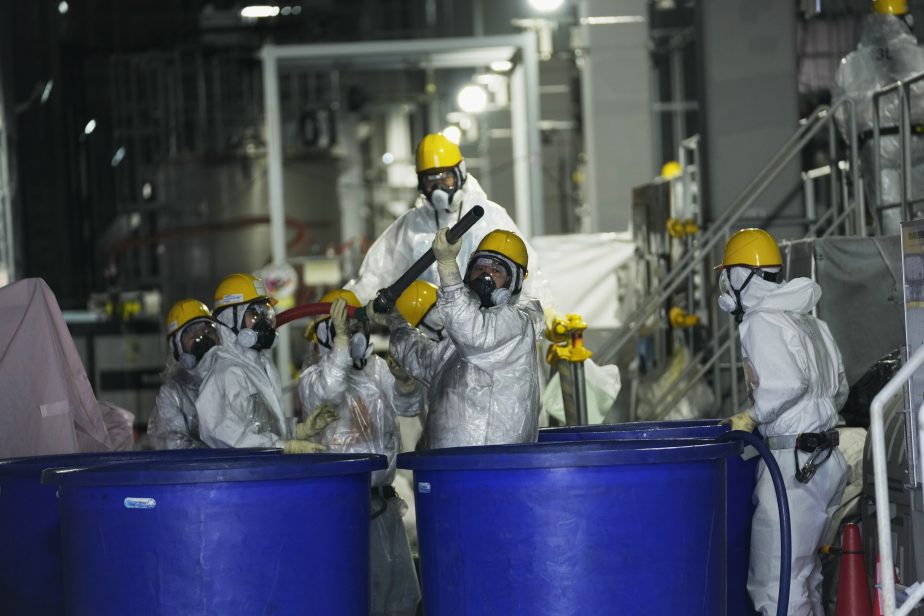Repositioning Nuclear Power: From Fukushima to COP 26
THE SUNDAY GUARDIAN
APLN member Manpreet Sethi writes: while nuclear power could be a solution for climate concerns, it nevertheless, suffers from its own set of problems.
An unprecedented, high-intensity earthquake followed by a tsunami on 11 March 2011 led to disruption of operations at the nuclear reactors at Fukushima Daiichi, Japan. But even more significantly, the accident cast a shadow on the entire nuclear sector as public scepticism on nuclear safety grew across the world.
In order to arrest the downslide, governments in all countries operating nuclear power plants ordered safety audits and took additional measures. Japan, which was most severely hit, temporarily shut down its entire nuclear fleet; only a handful of nuclear plants have since returned to operation. Meanwhile, some countries like Germany, Switzerland, Belgium, Taiwan, and South Korea announced a gradual phase-out of nuclear energy. Some others, especially in South-east Asia, that had been contemplating an initiation into nuclear power, announced a deferral or abandonment of plans. Consequent to these reactions, the perceptible upsurge in interest in nuclear energy that had been visible around 2009-2010, the so-called nuclear renaissance, seemed to have disappeared.
Read the rest of Manpreet Sethi’s article with The Sunday Guardian here.




